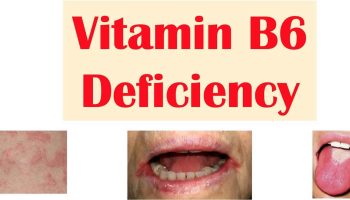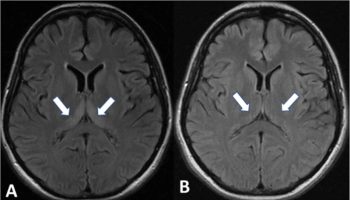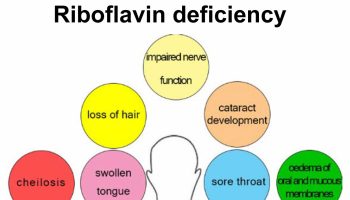Biotinidase deficiency Biotinidase deficiency is a rare autosomal recessive inherited disorder in which the body is unable to recycle biotin (a water-soluble B vitamin sometimes
Biotin deficiency Biotin deficiency also called vitamin B7 deficiency is rare ((Perry CA, West AA, Gayle A, Lucas LK, Yan J, Jiang X, et al. Pregnancy
Pantothenic acid Pantothenic acid also known as vitamin B5, is a water-soluble vitamin that is naturally present in some foods (i.e., eggs, milk, vegetables, beef,
Vitamin B5 Vitamin B5 also known as pantothenic acid, is a water-soluble vitamin that is naturally present in some foods (i.e., eggs, milk, vegetables, fish,
Vitamin B6 deficiency Isolated vitamin B6 deficiency, also known as pyridoxine deficiency, is very rare in the United States; inadequate vitamin B6 status is usually
Niacin deficiency Pellagra is a disease caused by vitamin B3 or Niacin deficiency or tryptophan (an amino acid) deficiency ((Peechakara BV, Gupta M. Vitamin B3. .
Vitamin B3 deficiency Severe vitamin B3 or Niacin deficiency or tryptophan (an amino acid) deficiency leads to pellagra, a disease characterized by a pigmented rash or
Vitamin B3 Vitamin B3 also known as Niacin, nicotinamide (pyridine-3-carboxamide), nicotinamide adenine dinucleotide (NAD), nicotinic acid (pyridine-3-carboxylic acid) or nicotinamide riboside is one of the water-soluble B vitamins
Wernicke's encephalopathy Wernicke's encephalopathy is a life-threatening brain disease (encephalopathy) caused by acute thiamine (vitamin B1) deficiency ((Sinha S, Kataria A, Kolla BP, Thusius N,
Riboflavin deficiency Riboflavin deficiency, also known as ariboflavinosis, is extremely rare in the United States because of fortification of many foods, including grains and cereals ((Riboflavin.









